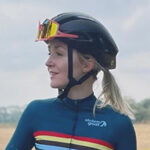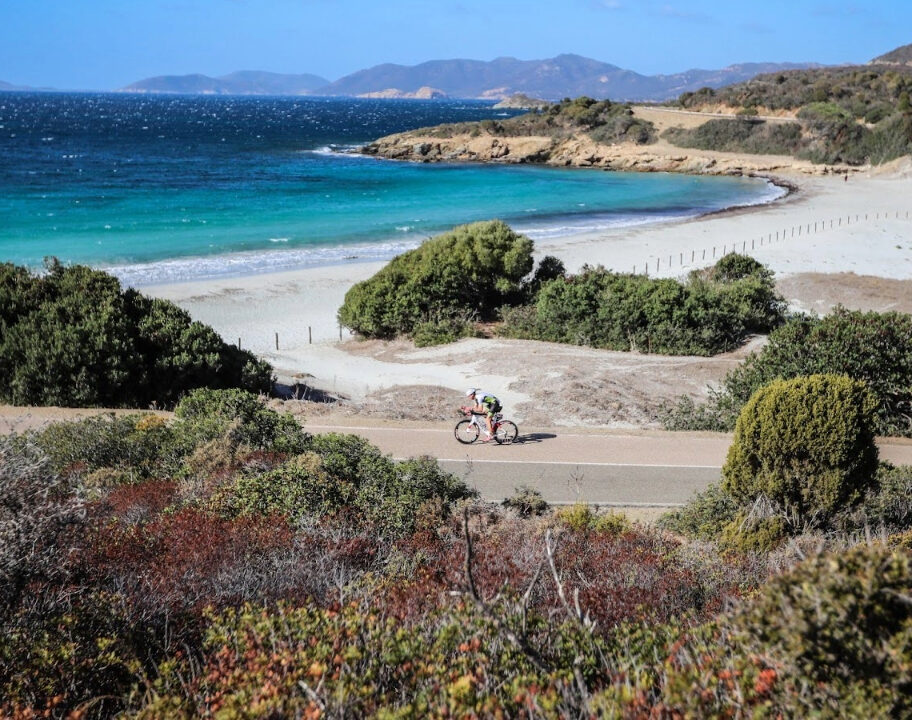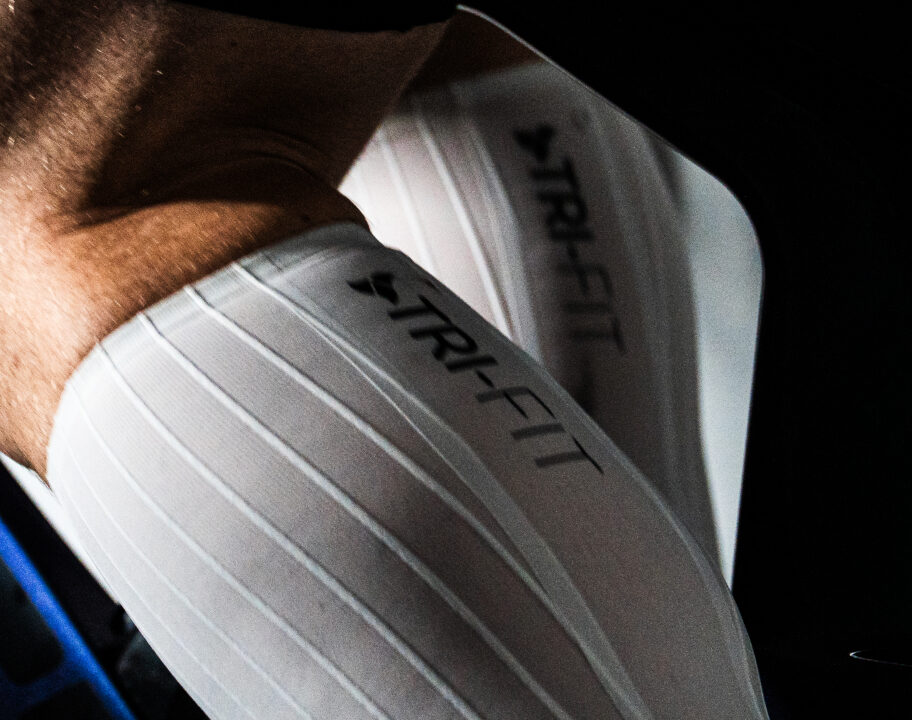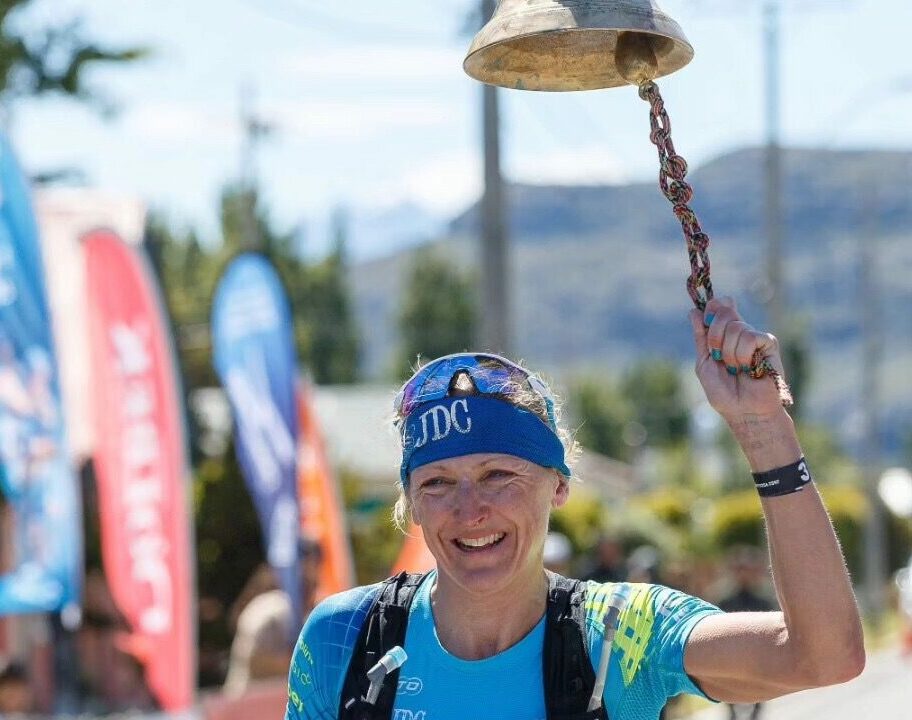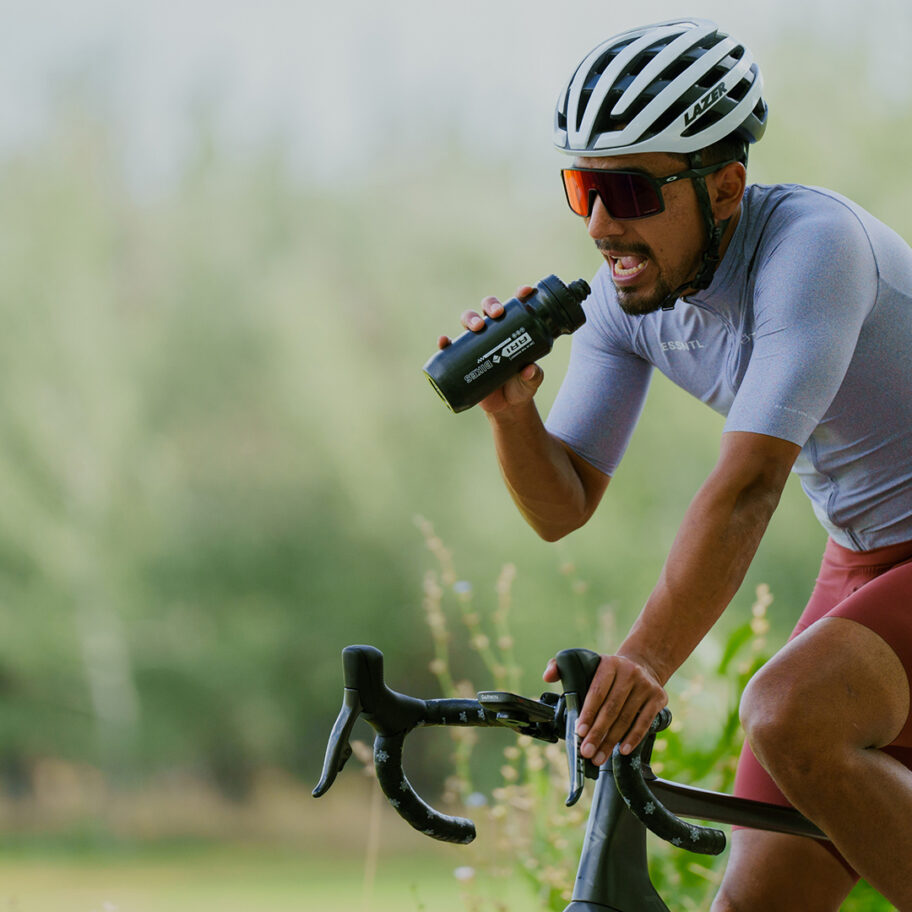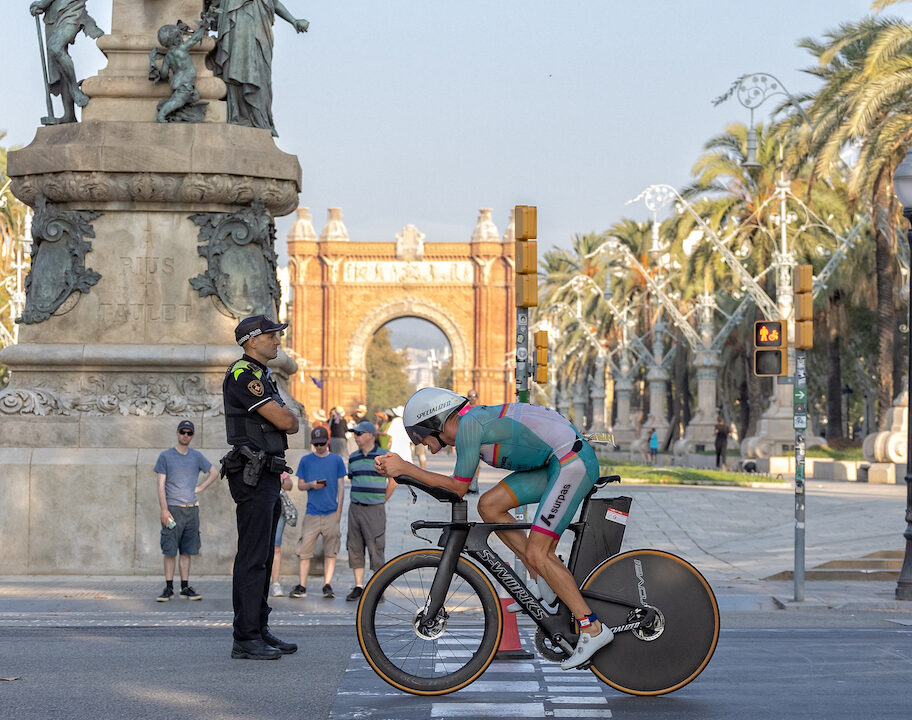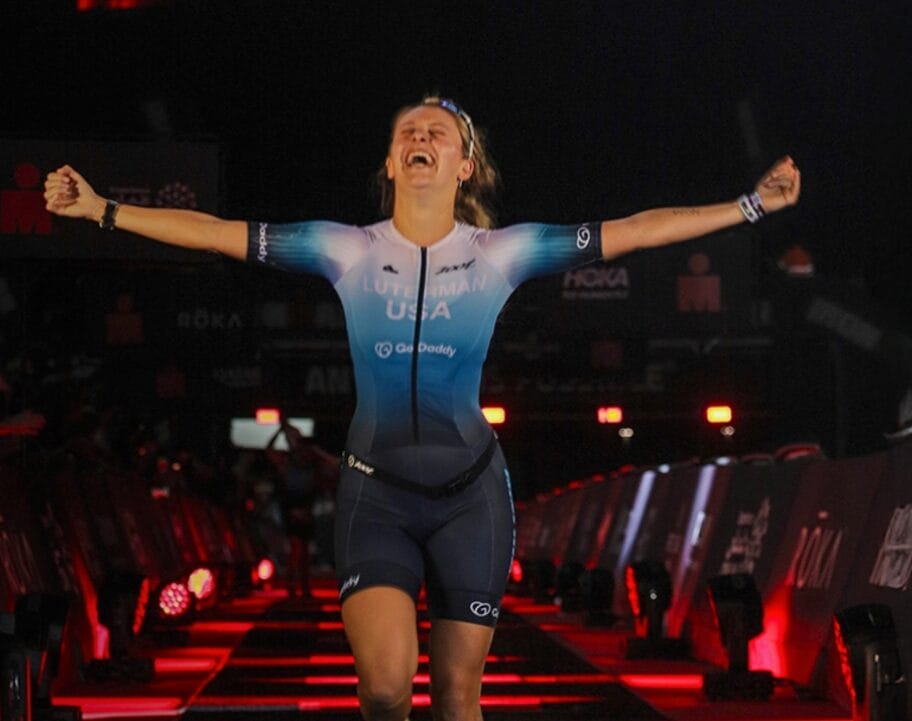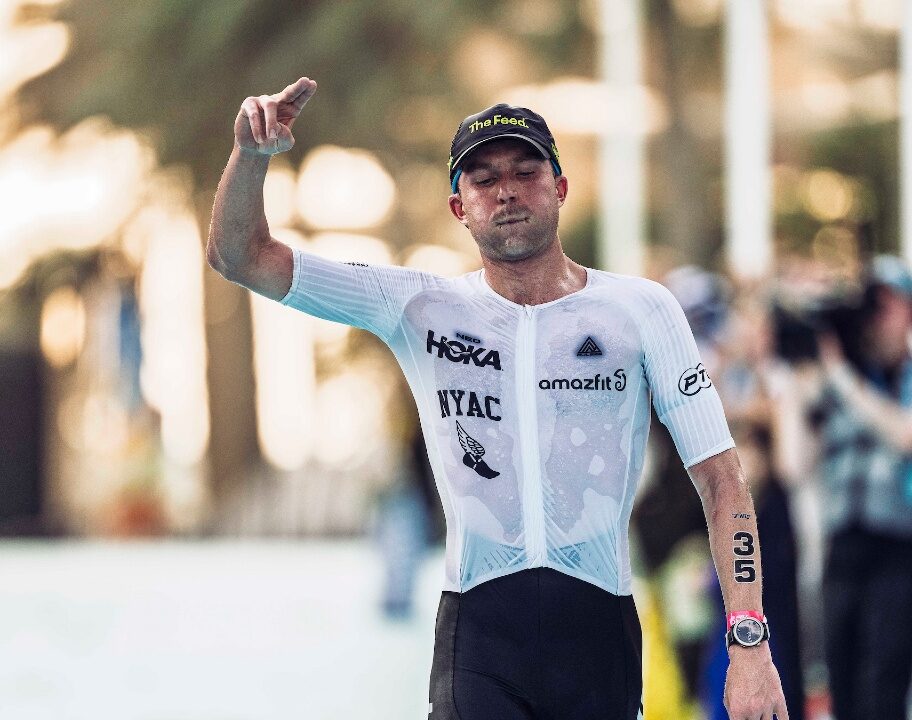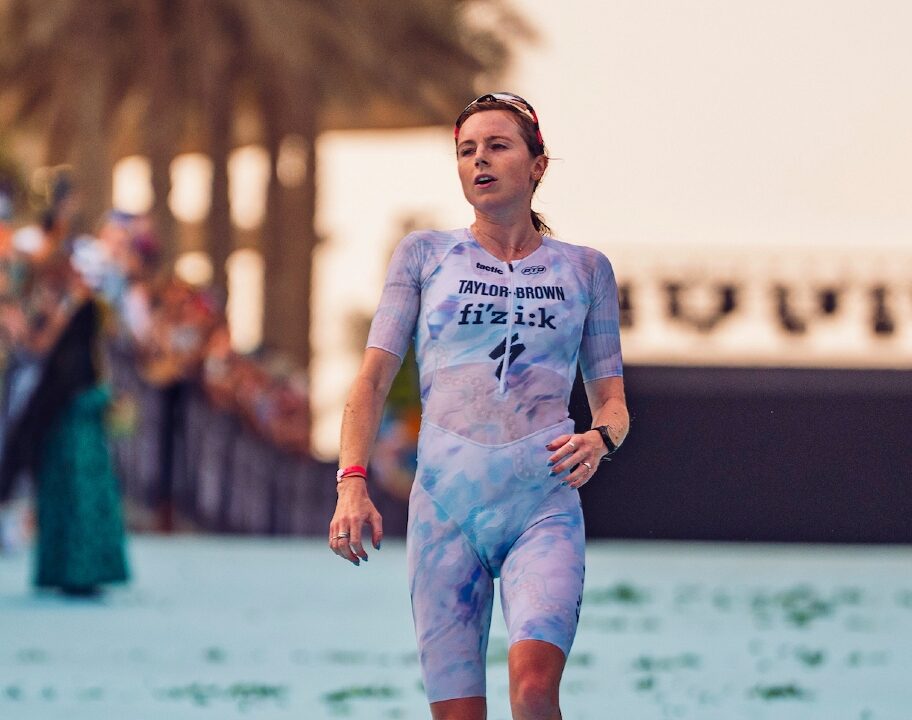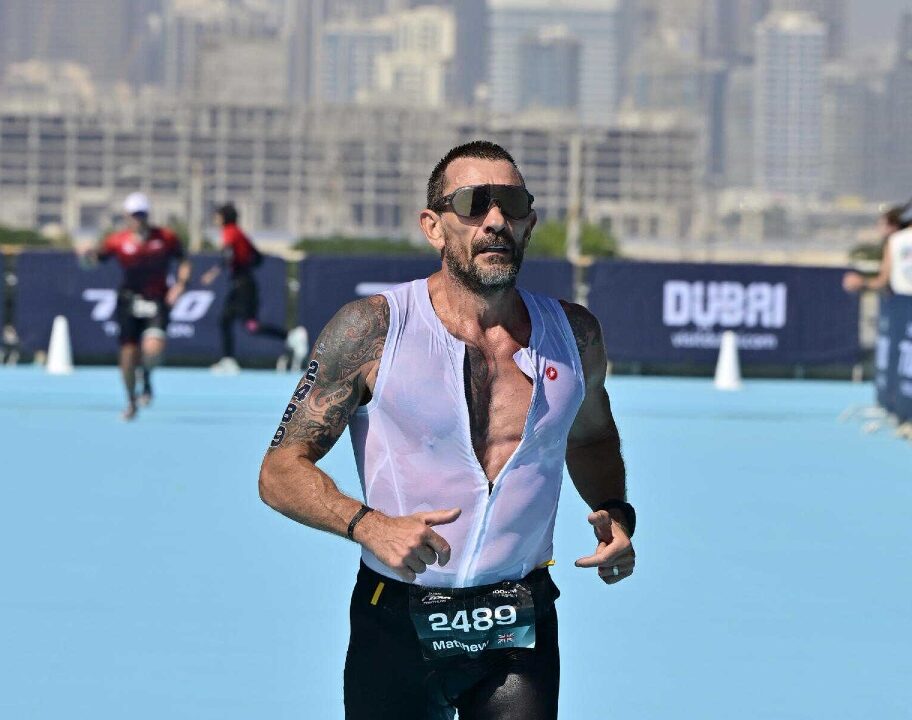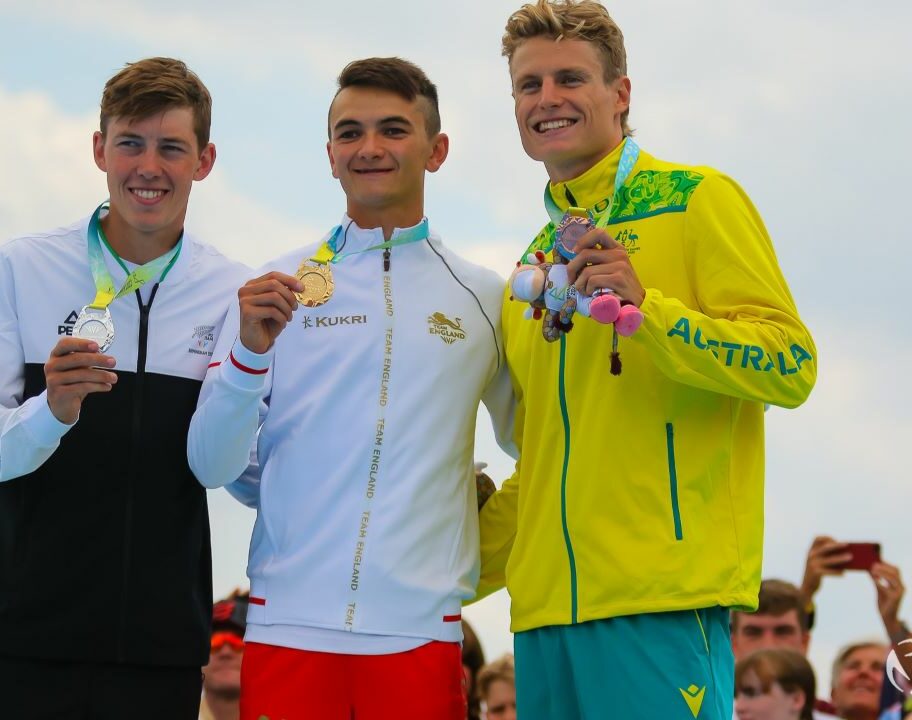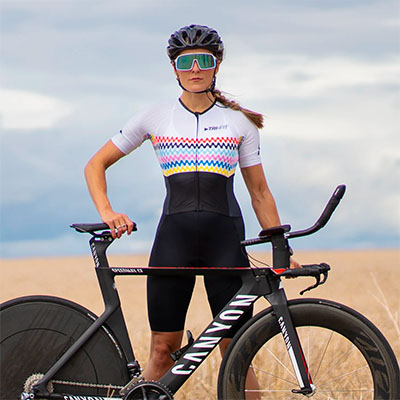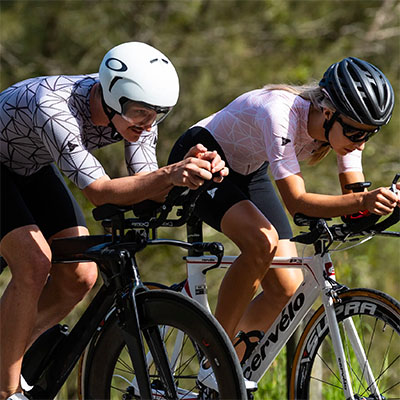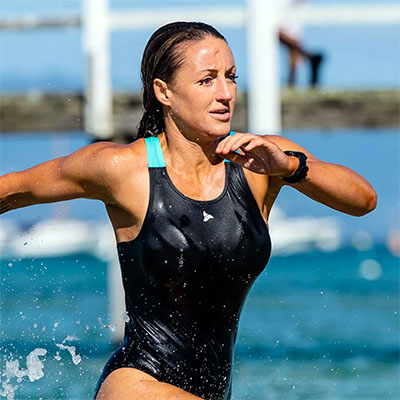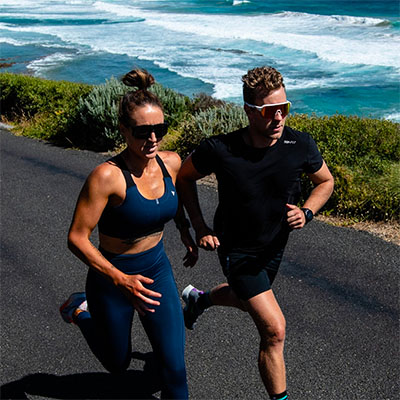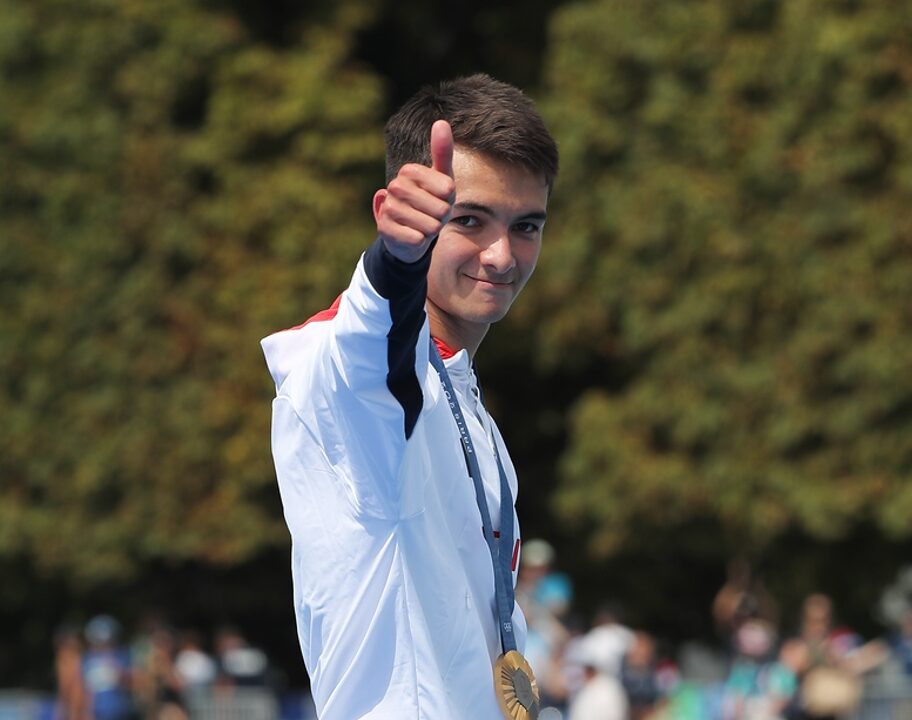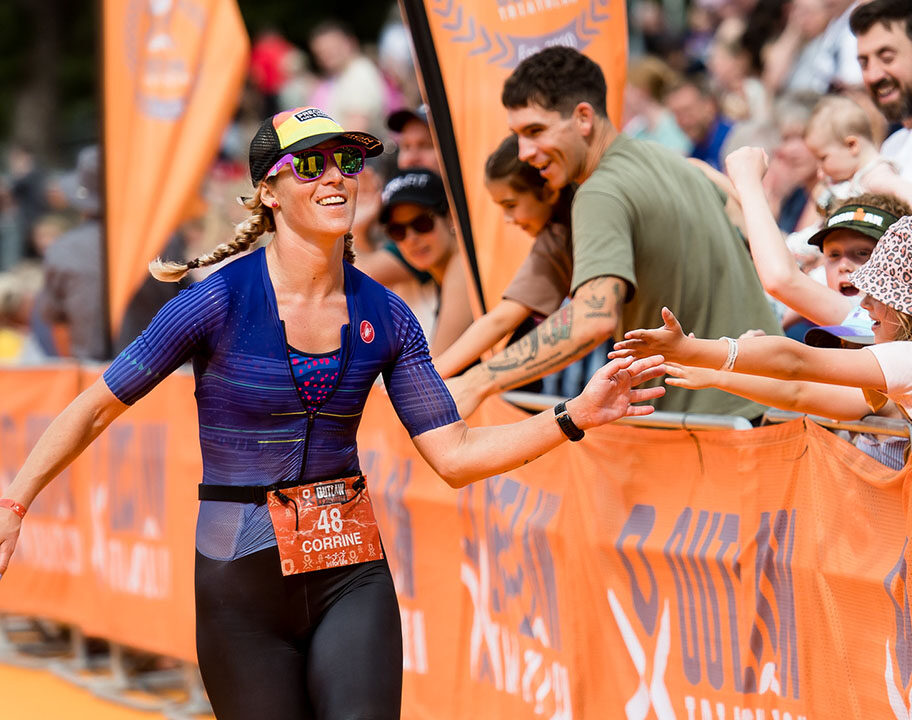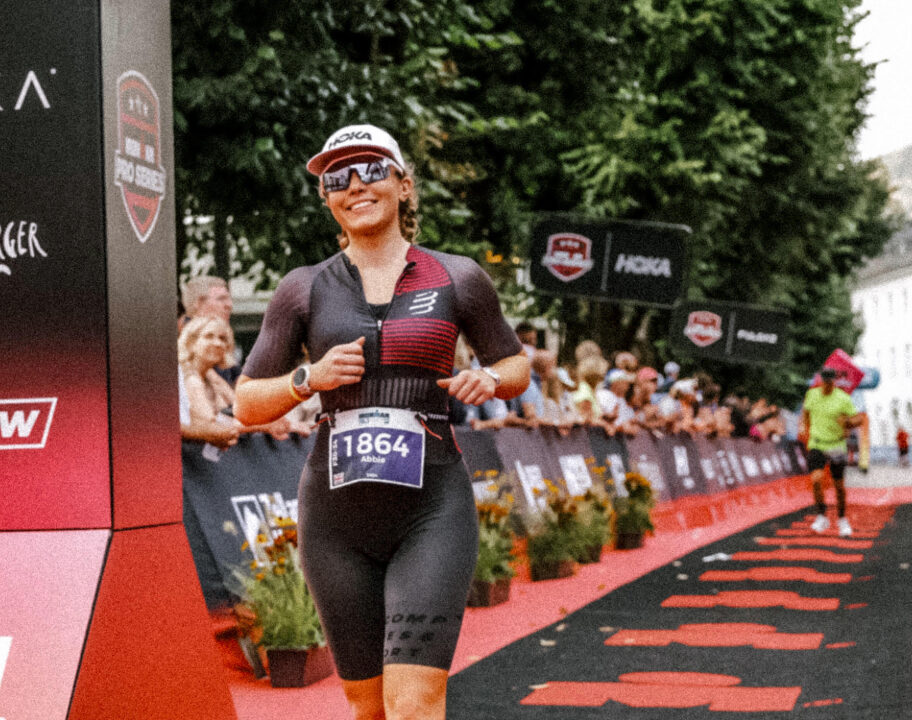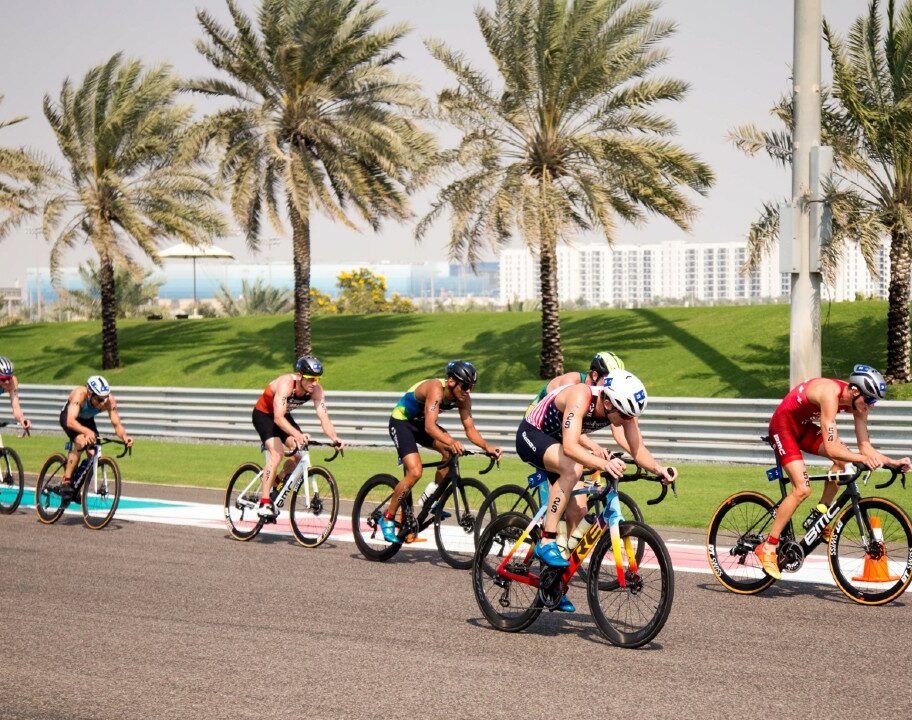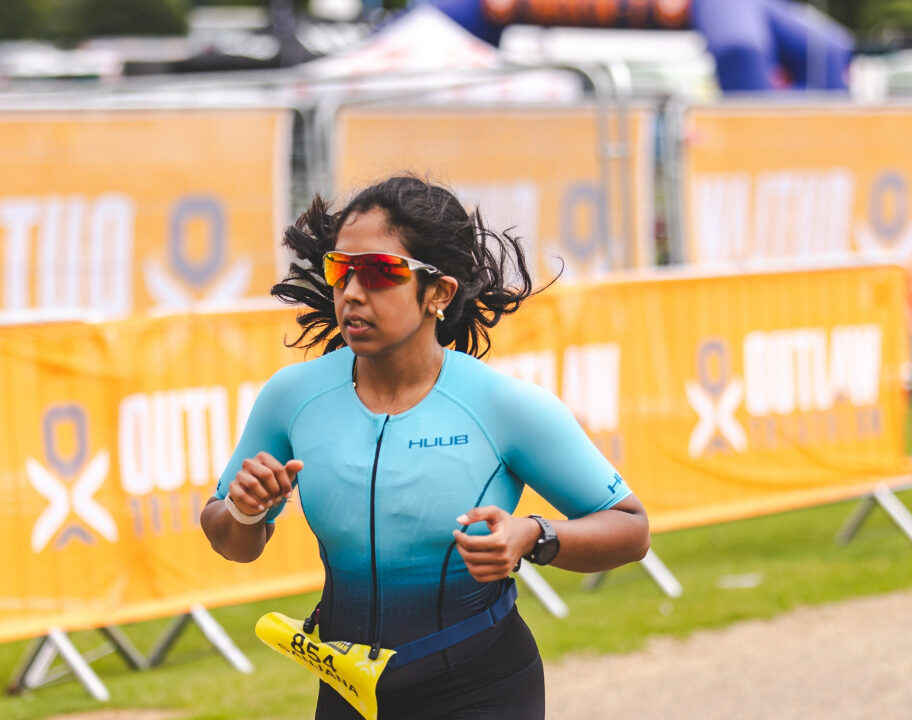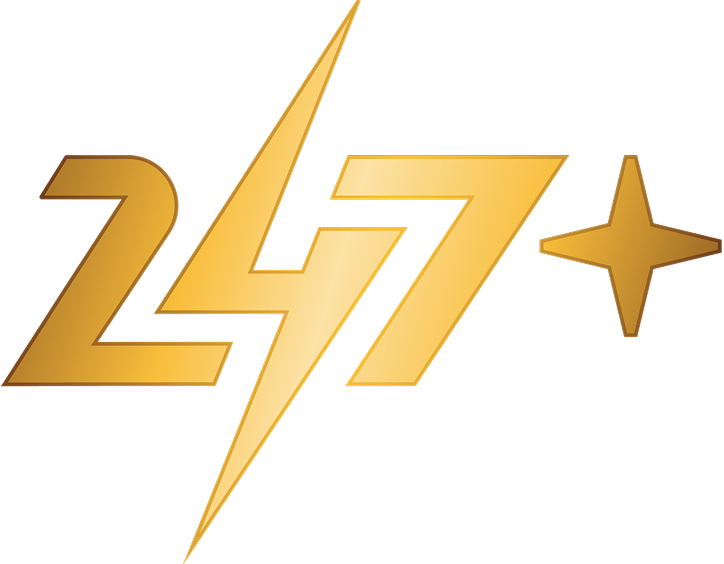Racing the IRONMAN World Championship in Kona is a bucket list dream for many amateur triathletes. But if the presence of the world’s best in your age group wasn’t enough to compete against. The Big Island of Kona adds in some extra challenges of its own: brutal heat and notoriously strong crosswinds.
And those Kona crosswinds really step things up a notch once you hit the descent from Hawi out on the bike course. For Kona first-timers and Big Island veterans alike, it’s the thought of these unpredictable crosswinds catapulting them across the road that stokes the pre-race nerves as the start line looms closer. But with a few top tips, you can head out of T1 knowing you’re ready to take whatever the winds throw at you.
With insights from experts, we share some guidance on how to handle the Kona crosswinds out on the IRONMAN World Championship bike course. Plus look at the optimal wheelset choice to balance aerodynamics and stability in the wind.
How to cycle in the Kona cross winds
On paper, the bike course in Kona might seem pretty straight forward. Particularly when you compare it to the twists, turns and climbs of the course in Nice. But it’s the conditions that make this bike course one of the toughest out there. And come race day, those who can ride confidently in the wind will have a major advantage.
So how can you prepare yourself for the Kona cross winds and avoid losing significant amounts of time out on the bike course?
Recce the Hawi descent prior to race day
Getting familiar with the bike course before you hit the start line will help you to feel prepared, and confident. Knowing exactly what to expect will significantly reduce the nerves that come with a fear of the unknown. Rent a car (or lift share) up to Hawi so you can ride the descent, without having to ride the full bike course when you’re supposed to be tapering.
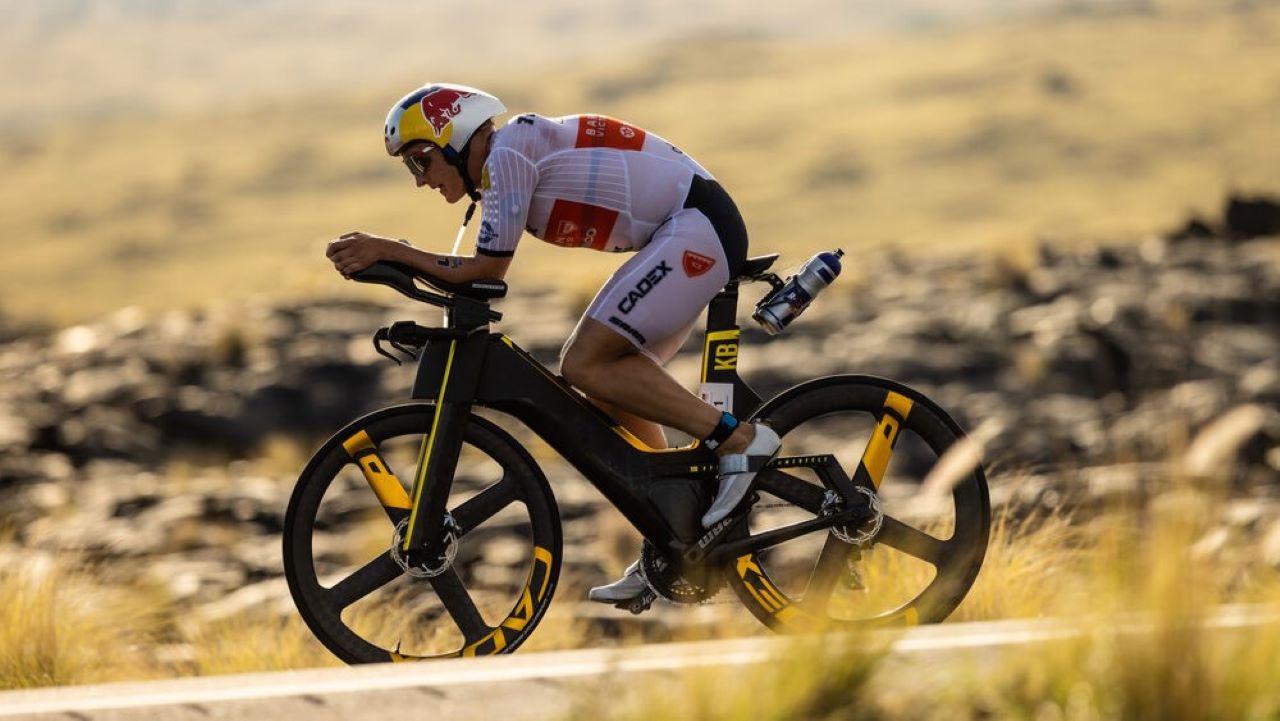
Doing so will give you a chance to experience what it feels like when the cross winds gust, get used to how your bike handles and practice staying relaxed and moving with the bike rather than burning energy fighting against the wind. You can also identify any particularly windy spots so you know to anticipate those on race day.
Get your nutrition on board before the descent
Staying on top of your fuelling and hydration strategy is more important than ever when you’re racing in the extreme heat and humidity of Kona. But when you hit the descent down from Hawi, you don’t want to be trying to take a hand off your bars to reach for gels or refill your hydration system. Because you can guarantee the second you’re sat up with a bottle in one hand, will be the precise moment the cross winds try to blast your front wheel out from under you. Instead, use the climb up to Hawi to get your nutrition on board, refill your hydration system and do any other nutrition-related admin.
By doing so, you’ll be fuelled up and feeling mentally sharp – ready to focus on staying in control throughout the descent.
Don’t tense up in the cross winds
It might feel instinctive to tense up when those volcanic winds blast. But tensing up will just make your bike feel even more ‘twitchy’ underneath you. We spoke to several Kona finishers, and they all said the same thing: stay relaxed. You’ll be able to absorb instability better if you’re not tensing up and fighting against the movement of your bike. If you’re reactive and tense, you’re far more likely to find yourself veering across the road.
Shift your weight forward on the saddle and keep your centre of gravity low
It might feel counterintuitive, but staying low and shifting forward on the saddle will actually help to stabilise your bike. So resist the temptation to sit bolt upright and grip onto your base bars! Your front wheel has the most impact on bike handling, so shifting your weight forwards over the front wheel will make it harder for the wind to blow it out from under you.
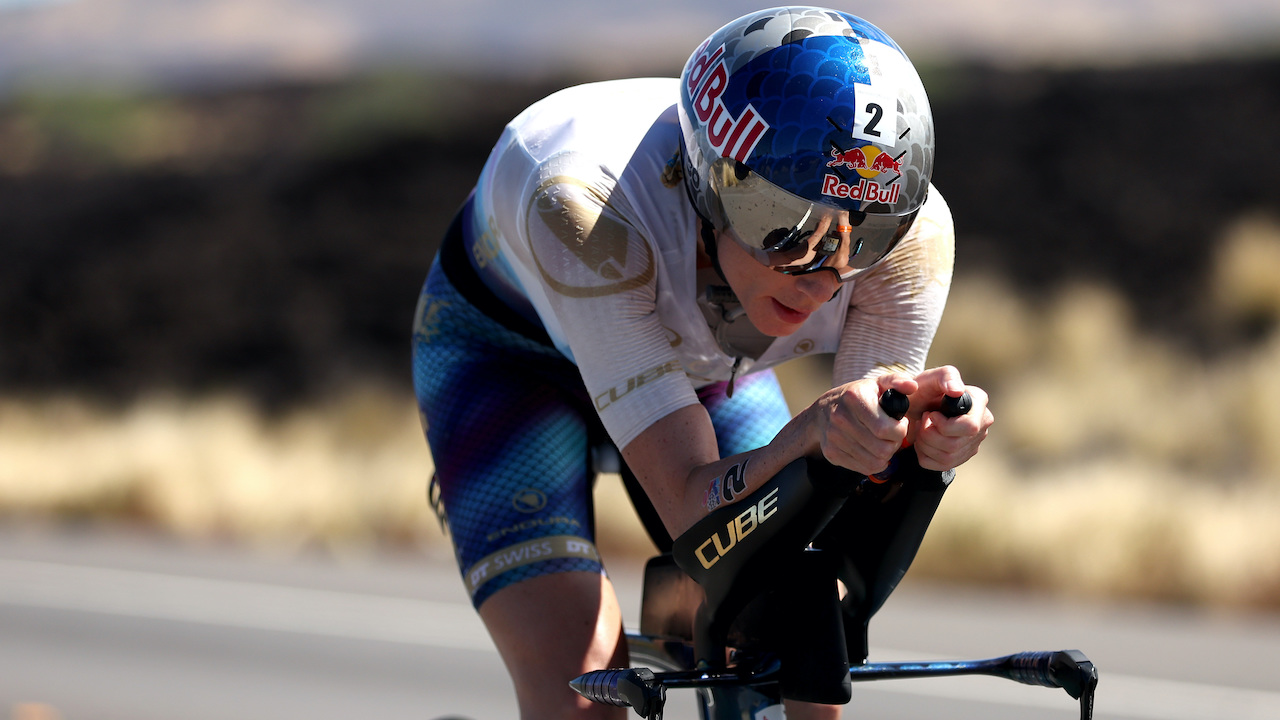
Keeping your torso low will also reduce the surface area of your body that the wind has to blow against. If you’re sat upright, you’re acting like a bit of a sail. And it’ll lower your centre of gravity, again helping you to feel more stable in windy conditions. You can also shift to a harder gear to increase the resistance against the pedals, giving you more connection with the bike.
The added benefit is that by shifting forwards and staying low, you’ll also be more aero and you’ll make it back to T2 that much quicker!
Watch the movements of the riders ahead
It can be hard to predict when a gust of wind is going to strike. But three-time Kona finisher and former Zwift Academy team member, Yvonne Timewell, shared a top tip to help you anticipate the crosswinds: watch the movements of the riders up ahead of you. If you can see them getting blown to the side, you’ll know a gust will soon be heading your way so you can prepare for it.
Be mindful of leaving enough space when you’re overtaking slower riders, so if they suddenly get blown sideways by the wind you’re not going to collide.
Stay mentally focused
You don’t want to lose your front wheel. But you also don’t want to lose your head. Stay calm, focused, and don’t waste energy getting frustrated by the wind. Everyone is dealing with the same conditions. It will be the athletes who can keep their cool who benefit most.
What’s the best wheel choice for facing the Kona crosswinds?
If you’re making a last minute decision about which wheelset to pack for Kona, it’s worth knowing that a shallower rim profile on both your front and back wheel isn’t automatically the best choice. The front wheel has an impact on how your bike handles. But because the rear wheel isn’t free to turn on its axis, it doesn’t have the same impact. So a deeper rim on the rear wheel could actually help stability rather than hinder it.
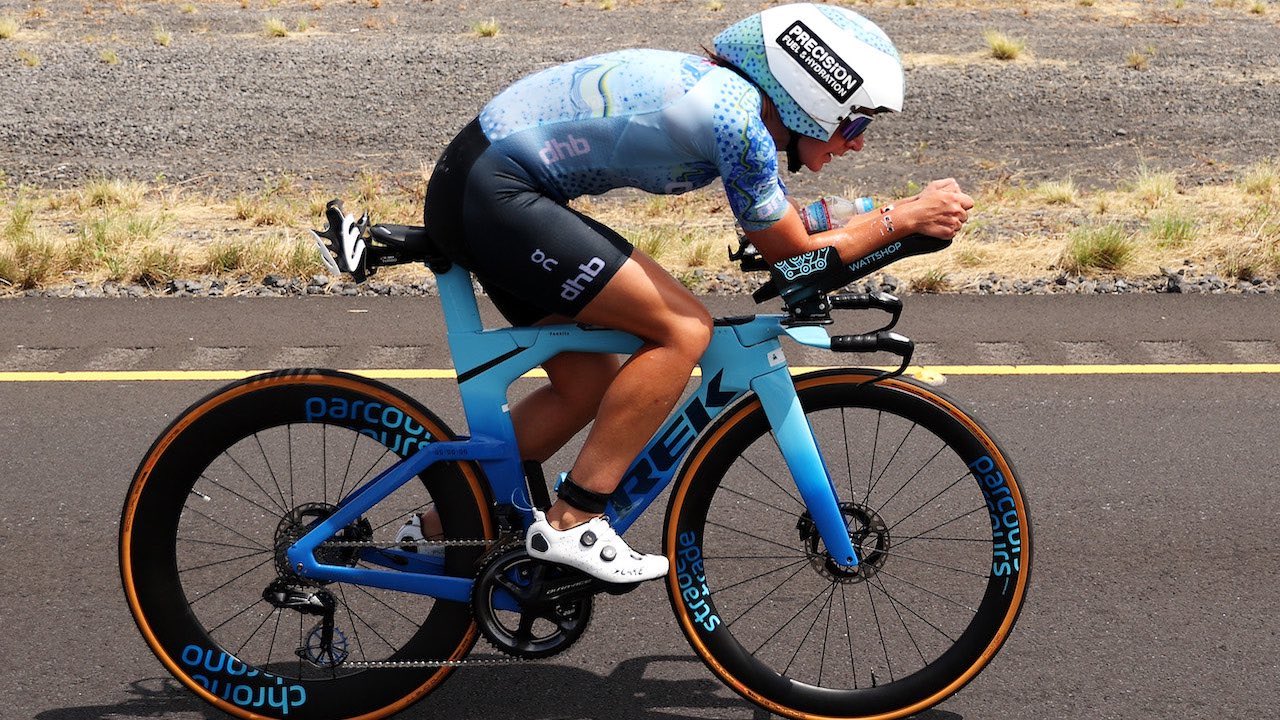
“The fastest wheelset is one where you’re confident to stay in the aerobars. If you come out of aero then you lose any benefit of a deeper front wheel and much more.”
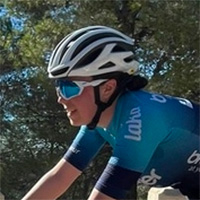
Deeper rims will improve aerodynamic performance. But a deeper section front wheel will also increase the side force of the crosswind. Disc wheels are banned in Kona, but if you have a few different wheelsets you might consider running a slightly deeper rim on the rear for the aero benefits and a narrower front wheel to improve handling in the wind.
That’s the Kona crosswind covered – now check out our tips for beating the brutal Kona heat so you can arrive at the IRONMAN World Championship start line feeling ready for battle.
